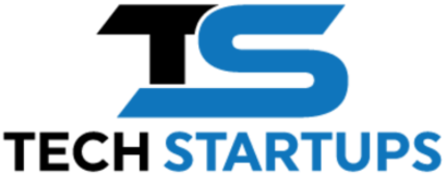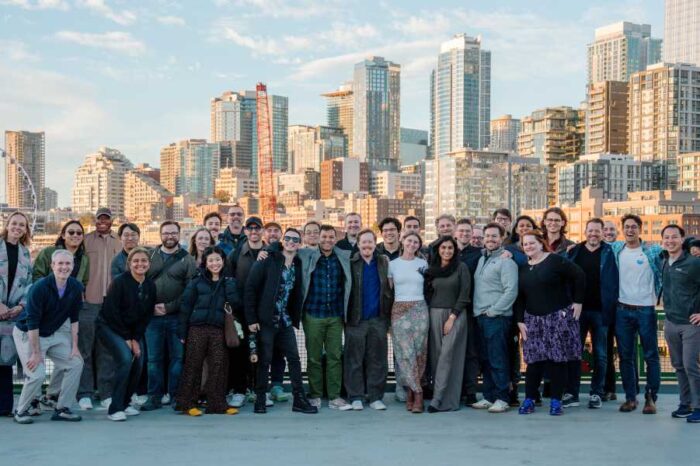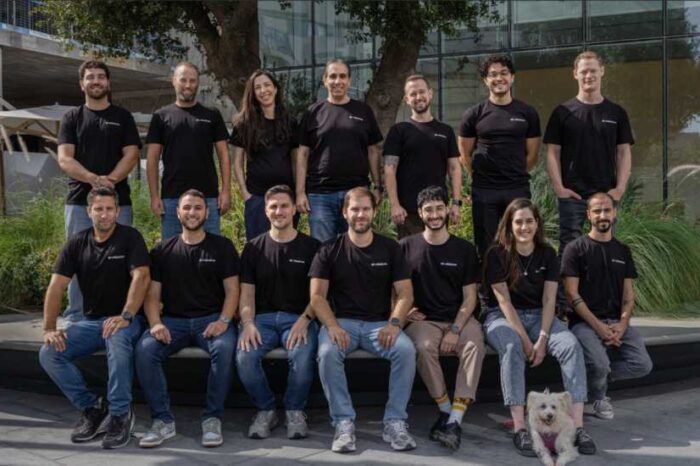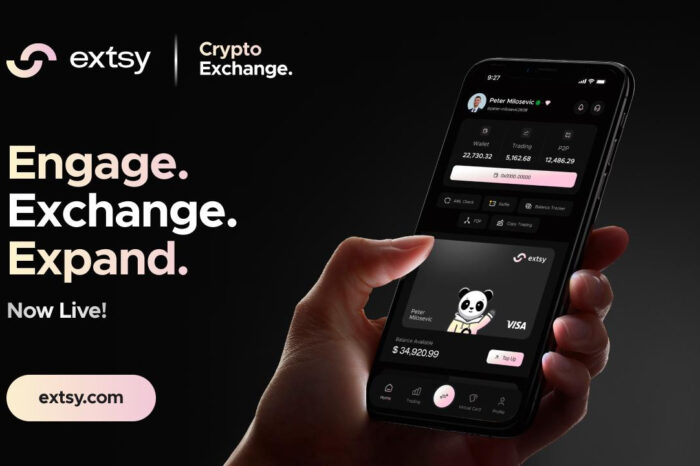Dear Founders: Stop building SaaS without an audience and distribution

It’s 2025, and SaaS has become the modern-day gold rush for tech-savvy builders. Everywhere you look, someone is launching a subscription product. And why not? The appeal is obvious: high margins, recurring revenue, and the potential to scale without trading time for money.
Now, with no-code platforms like Bubble and Webflow, and AI-assisted coding tools like Cursor, GitHub Copilot, and Lovable, you no longer need a co-founder, a seasoned developer, or a big budget, to bring a SaaS idea to life. You can ship something on a weekend with zero coding experience.
But just because you can build it doesn’t mean people will actually pay for it. The era of “build it and they will come” is over.
We’re drowning in supply and the SaaS market is getting oversaturated. Every day, new tools flood Product Hunt, X, and Reddit. But demand? It’s flat. Most people don’t need another 50 AI writing assistants or yet another dashboard.
SaaS Isn’t The First Step—It’s The Reward for Earning Trust, Attention, and Real Demand

The internet is flooded with SaaS tools. Most of them quietly disappear. Not because they didn’t solve a problem—but because no one knew they existed.
The painful truth? Most SaaS fails, not from lack of effort, but from lack of attention and distribution.
Everyone’s Building. Few Are Getting Traction.
The dream is strong. Build it once. Let it scale. Wake up to Stripe emails.
But it rarely plays out that way. Founders chase that subscription gold rush, only to realize they’re stuck with a great product and no users. No one’s listening. No one’s buying.
SaaS is hard mode.
And it really is. You need:
-
Deep trust — users are giving you their data and paying you monthly.
-
A real, painful problem — people don’t subscribe to “nice-to-haves.”
-
Ongoing development — new features, bug fixes, better UX.
-
Always-on support and infrastructure — users expect reliability, and churn is brutal.
Trying to start there—especially as a solo founder or first-timer—can be punishing.
Marc Lou, who’s built and scaled multiple micro-SaaS products, put it best in a post on X back in February:
“SaaS is the worst business to start entrepreneurship.
You need to deliver so much value + build insane trust + solve a painful problem—it’s like playing a new game in hardcore mode.
Instead, start with:
- A blog
- A book
- An agency
- A free tool
- A directory
- A newsletter
- A community
- A marketplace
- A one-time payment product
You’ll discover real problems while building trust with your market.
Then, build the SaaS.“
He’s right. Jumping into SaaS without a clear audience or channel is like building a burger joint in the desert. Your product might be great, but if no one is willing to pay for it, it’s probably not worth the effort.
“Yep, this is the stair step method. Start small, build skills, confidence, and revenue. Then level your way up to SaaS,” Rob Walling, the author of SaaSPlaybook, responded.
Why the Best Indie Hackers Don’t Start With SaaS
Look at Pieter Levels. He’s behind Remote OK, Interior AI, and several other profitable tools, generating a combined $317,000 in monthly recurring revenue (MRR) across six SaaS products. But he didn’t start with products. He started with people.
What most don’t see is that he launched over 70 projects. Just four made money.
“Only 4 out of 70+ projects I ever did made money and grew. >95% of everything I ever did failed. My hit rate is only about ~5%,” Peiter said on X.
What made the difference? He wasn’t building in a vacuum. He was building in public. Sharing. Testing. Listening. Growing a following that trusted him.
By the time he launched a successful SaaS, he wasn’t shouting into the void. He had distribution.
Everyone Has Access to the Same Tools—But Not the Same Trust
Anyone can clone features or spin up a UI. What they can’t copy is:
Trust. Audience. Distribution.
“AI has commoditized software building. But what hasn’t been commoditized? Distribution. Trust. Attention.”
Those take time. And they’re what most people skip.
You can have a product that solves real pain. But if you don’t have people listening, it doesn’t matter.
Build Something Lighter First
As Lou suggested, before going all-in on SaaS, start smaller. Build something that earns attention:
-
Start a blog.
-
Launch a free tool.
-
Curate a newsletter.
-
Build a directory.
-
Grow a community.
These aren’t side projects. They’re magnets. They attract people, reveal their pain points, and build trust over time. That’s usually when the right product idea shows up.
Each one helps you:
-
Build trust before you sell anything
-
Solve real problems manually
-
Spot patterns in what people actually need
-
Start generating income faster
Pieter Levels’ ACP Funnel: Audience, Community, Product
Lou is not alone. Levels also shared his ACP Funnel—Audience, Community, and Product. It’s how he thinks about building lasting businesses.
First, build your audience. That’s your group of people who trust your voice. Then build your community. That’s where they engage and feel like they belong. Then—and only then—launch your product.
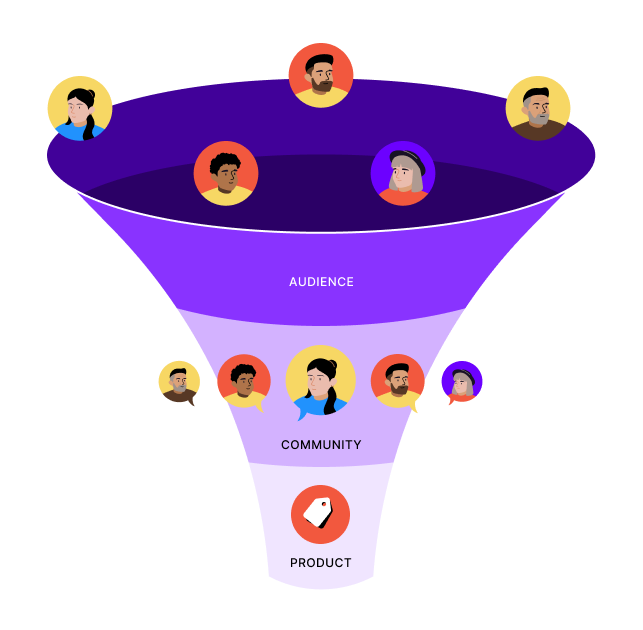
Here’s how to think about each step:
Audience
Start small and clear. Who are you speaking to? Why should they care?
Tell stories. Share problems. Build a consistent narrative around your niche.
Community
People want to connect. If you give them a reason, they’ll stick around.
Ask yourself: how does this product fit into their everyday life? Does it help them? Does it bring them closer to others like them?
Product
Now that you’ve got trust and attention, build something useful.
Not just once, but something people come back to weekly—or daily. It should naturally fit into the ecosystem you’ve created.
If it works, your community will turn into customers.
SaaS Isn’t Step One
SaaS should be the outcome—not the starting point.
If you:
- Know your audience
- Understand what they care about
- Have their attention and trust
…then you’re ready.
Now SaaS isn’t a bet. It’s a response to demand.
The winning SaaS today often comes from a relationship:
-
“I follow this person.”
-
“I’ve read their newsletter.”
-
“They built a simple tool I use daily.”
And when they ship a SaaS, people already trust them.
Final Thought
Start with people. Start with trust.
Build your audience. Learn from your market. Let trust grow over time. When the moment is right, the product will come—and when it does, they’ll already be listening.
SaaS should be the result of trust, not the hope for it.
Take the long road. It may look slower, but it’s the one that leads to something real.
That’s how real SaaS stories begin.
Feel this? Share it with a founder who needs to hear it and join the conversation on X.
